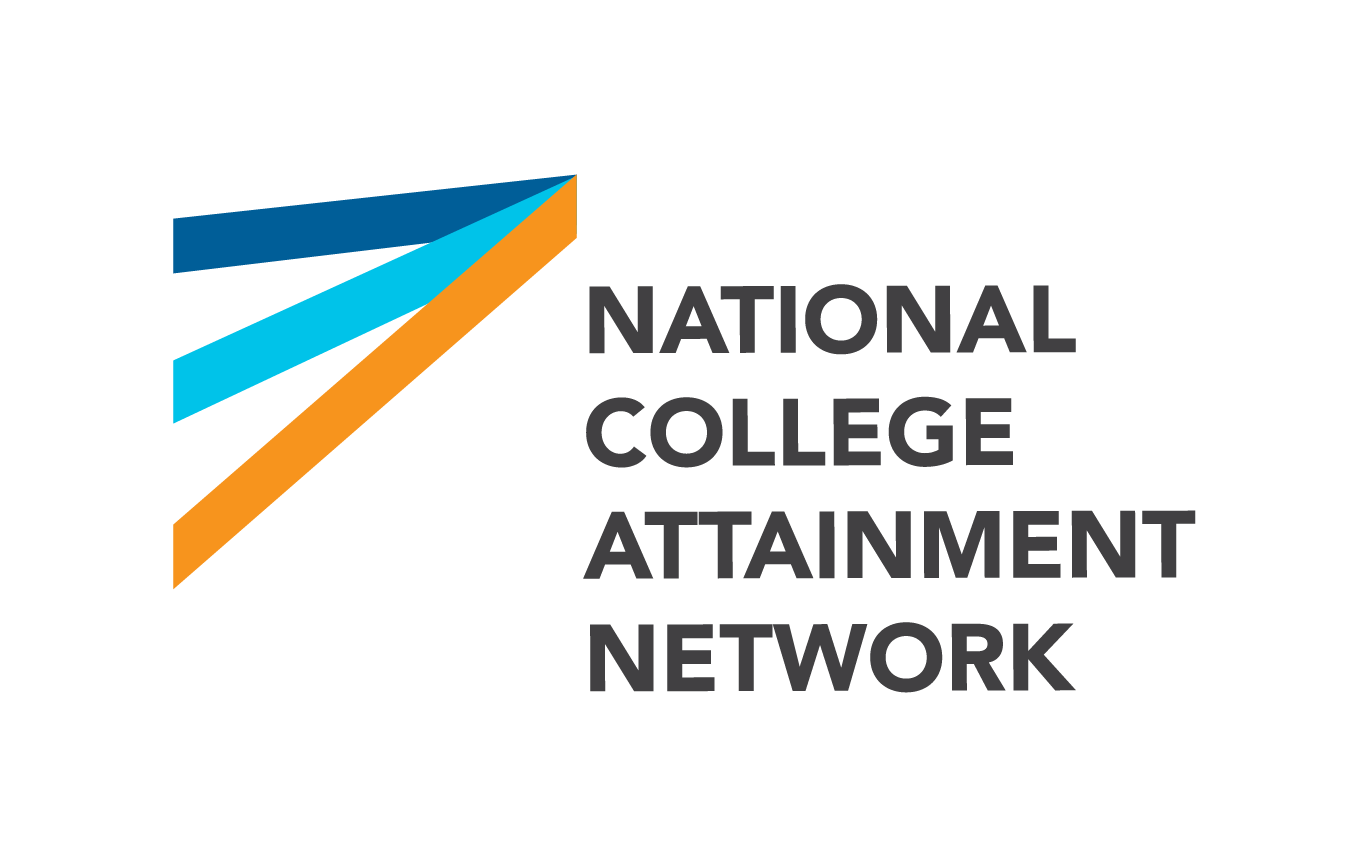Mitigating the Summer Melt: Guidance for Districts
May 20, 2024
Summer Melt is Real, and It's More Urgent Than Ever
Every year, an estimated 10-40% of high school seniors intending to go to college don’t arrive on campus the following fall. This phenomenon, “summer melt,” disproportionately impacts first-generation college students and students from low-income backgrounds.
There’s an increased risk of summer melt for this year’s seniors because of the current FAFSA challenges. Completions are down about 30% year-over-year through mid-April. Given the association between FAFSA completion and college enrollment, there could be disastrous enrollment declines.
Thus, in addition to current efforts to help students complete the FAFSA, school districts should prepare to support a larger-than-usual cohort this summer to help them successfully transition to college this fall.
For some, this means launching a summer melt program. For others, it means strengthening existing supports to accommodate the needs of a larger group of students. Regardless of their starting point, to help fund expanded supports, districts might consider using any remaining ESSER funds, especially since districts will not face a similarly sized challenge in future summers after ESSER funds expire.
To help mitigate summer melt, check out this recommendations guide prepared in partnership with AASA and the National College Attainment Network (NCAN) by clicking the button to the right.
How am I going to pay for summer support and who will provide it?
- Consider tapping any remaining ESSER funds. FAFSA completion help is an allowable use & supporting this one-time larger cohort avoids the sustainability issues that other last-minute ESSER spending might create.
- Consider piggybacking on existing summer school staffing if possible. For budgeting, estimate 20 hours/week for 8 weeks per staff member.
- Are there local community groups/orgs to pull volunteers from? (e.g., college access programs, GEAR UP, TRIO, public libraries, United Way, Urban League, local Lions, Kiwanis, Rotary Club)
What are some delivery models for preventing summer melt?
- In-person: Staff drop-in “office hours” at the school or another public place (e.g., library); host FAFSA completion events/financial aid nights on a set schedule.
- Virtual: Post FAFSA resources on district/high school website; staff responses to students and families asynchronously via shared text message account, dedicated email inbox, or other existing two-way communications channels/text messaging platforms with students/families; staff a “hotline” via phone.
- Hybrid: Combine in-person and virtual models to help provide broadest time coverage possible so all students and families can access help.
How do I contact students and families about available support?
- Update/collect student/parent contact information (phone & email) in a senior exit survey.
- Sketch a communications plan with a schedule for delivering key messages and raising awareness of events/available assistance.
- Inventory communications channels for one-way resource/event sharing (e.g., district/ school social media channels, email newsletters, text messaging platforms).
- Consider publicizing help on the radio and in local papers.
Do I have and how should I use data on students’ postsecondary plans, so I can triage the right supports to the right students at the right time?
- Student-level FAFSA completion data will be integral to any progress related to college or financial aid. Checking the status of each student’s FAFSA should lead all summer interventions.
- It is also critical to field a senior exit survey that asks students about their postsecondary plans, aspirations, and concerns. If the current survey is anonymous, consider another instrument that ties responses to a student’s name/contact information to help proactively provide customized support.
- Note: without information connected to individual students, staff may be restricted to providing general help with FAFSA completion and interpreting financial aid offer letters only to those who opt into supports you offer.
- NCAN’s Better FAFSA Resource Page: Includes information on current FAFSA challenges and workarounds, training for staff, awareness and outreach toolkits, FAQs, etc.
- InvestForward.US – “Freeze Summer Melt”: This guide offers details about summer melt prevention strategies, including concrete implications on staffing, budget, and evaluation.
- Award Letter Review: Students often need support comparing their college options. This NCAN guide is a resource for staff and other volunteers to assist with that critical but confusing comparison.
- College Transition Checklists: Students often matriculate to nearby institutions. College Transition Checklists like these provided by the Puget Sound College and Career Network are an excellent resource to produce for the top 3-5 (or more) institutions to which your students matriculate. Ask university admissions/financial aid contacts to assist with production.
- Strategic Data Project: Summer Melt Handbook: A comprehensive resource walking step-by-step through the timeline and strategies for preventing summer melt. Includes workflows, intervention options, and advice on identifying and collaborating with partner organizations.
- Strategic Data Project: Sample Initial Outreach Checklist for Counselors/Staff: This is a useful script for summer support staff to employ when considering and documenting students’ statuses and needs.
- Strategic Data Project: Sample Summer Checklist for Students: Handout for students highlights key milestones they may need to complete to matriculate.
- Student-Level FAFSA Data Sharing by State: Provides access to critical student-level FAFSA data.
 This resource was developed as part of AASA's Learning Recovery & Redesign Guidance,
This resource was developed as part of AASA's Learning Recovery & Redesign Guidance,
alongside the National College Attainment Network (NCAN).
More FAFSA Support for District Leaders
Access a compilation of resources from the U.S. Department of Education (USED), the National College Attainment Network (NCAN), and other K-12 Higher Education partners to aid district and school leaders in guiding their students and families through the new FAFSA process.
Advertisement
Advertisement
Advertisement
Advertisement


